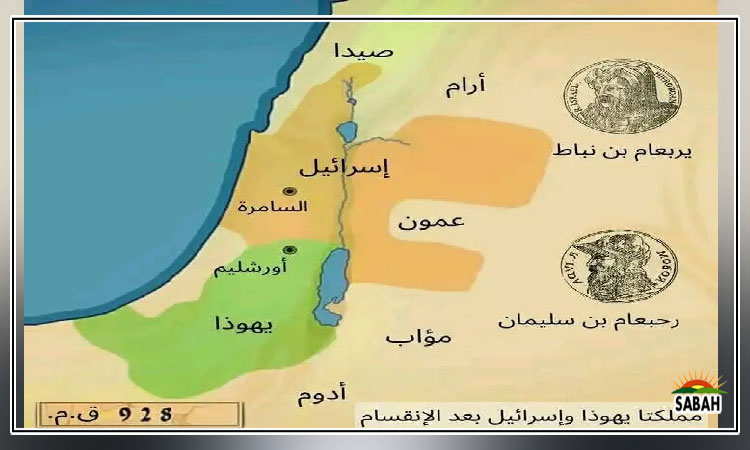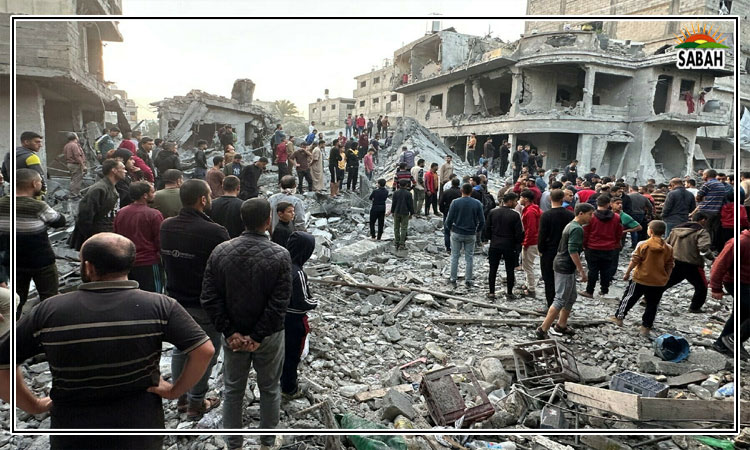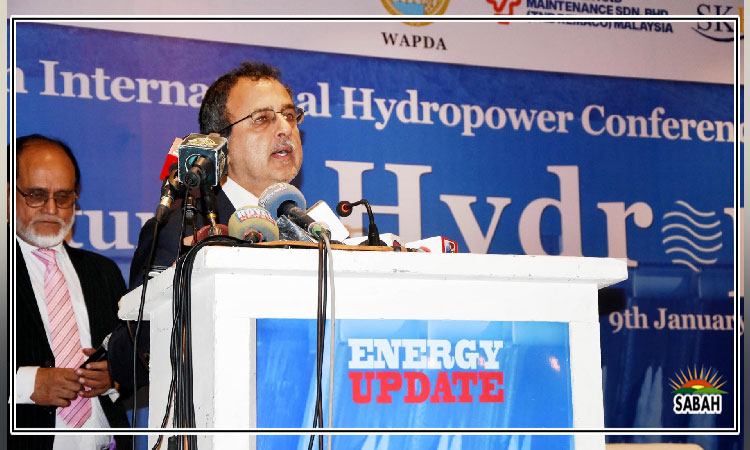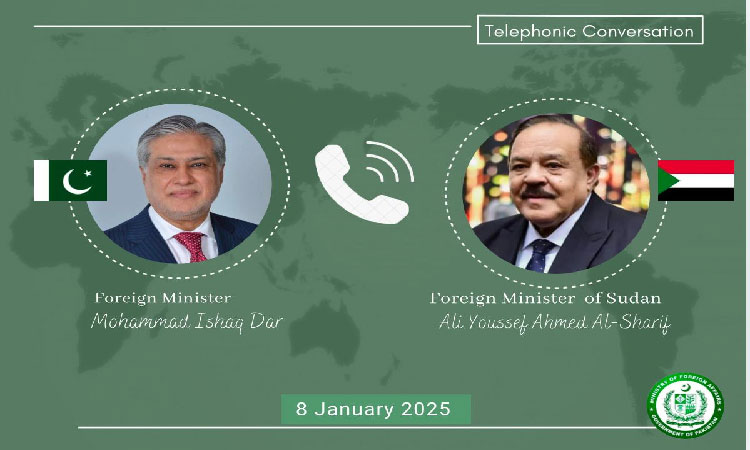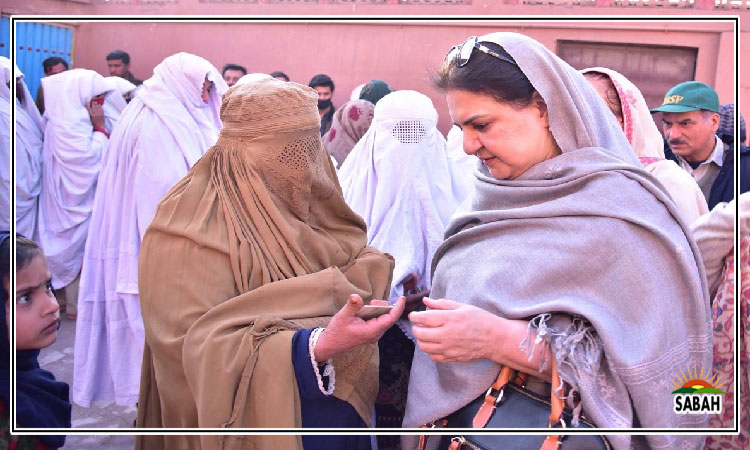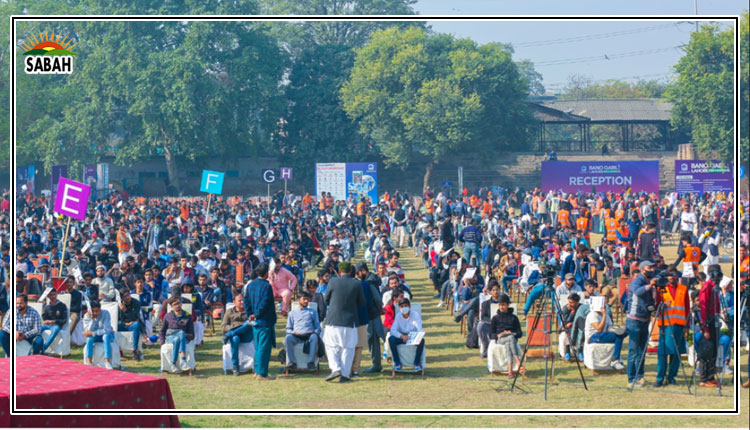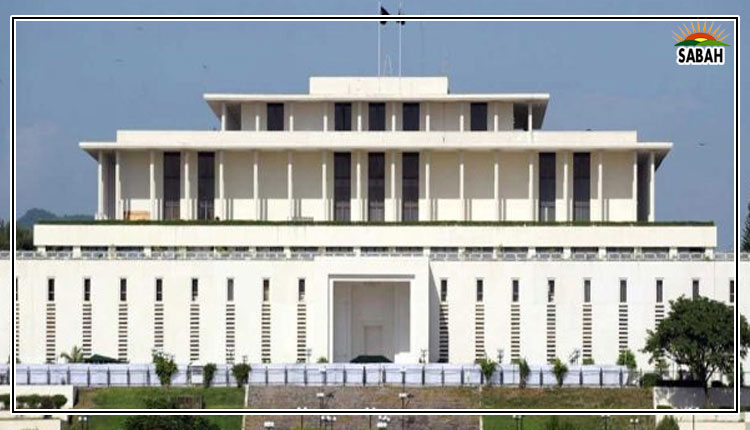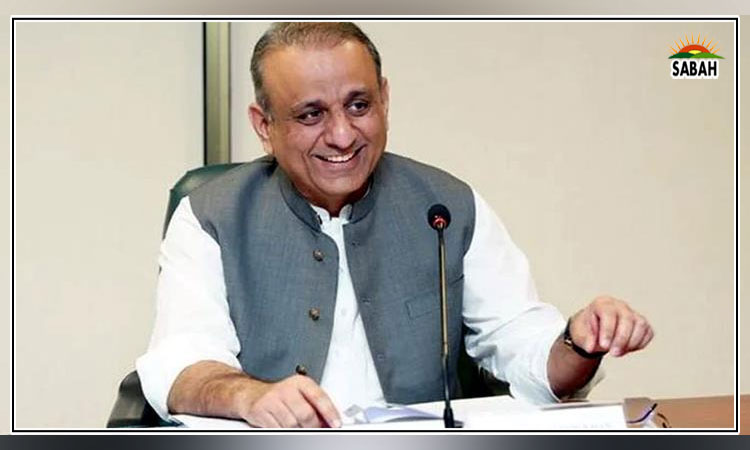Build back the blocks…Kamila Hyat
We have probably all seen a child, perhaps in a tantrum or by accident, knock over a pile of blocks in our lifetime. Today, Pakistan resembles the chaos left behind when the blocks are knocked over. There’s a desperate need to pick up these pieces one by one and place them back so they can form a structure.
The question, of course, is how to bring this about, given our present circumstances. Pakistan has now fallen behind even its closest South Asian neighbours, such as Bangladesh, which hardly grows any cotton itself but adds value to what it produces — enabling it to go beyond Pakistan’s own cotton exports.
We talk often of people having too little to eat. This is certainly a reality, but the expense of the food they buy is linked partly to the fact that staple food, notably in Punjab in the north of country, is lentils and ‘roti’ and lentils are generally imported often from Canada or other places, making them an expensive item of food. We do not even produce enough wheat any longer and have to depend on imports. This makes it impossible for people to afford even the cost of food for themselves and their families. And the same is true of other items, as prices soar literally every day and the rupee falls further against the dollar.
We need to consider how to build back the blocks. India has done so by privatizing its collapsing national airline, Air India, and handing it over to the business giant Tata in order to purchase a new fleet of Boeings and bring in the managerial capacity required to make Air India take to the skies again, rivaling other airlines in Asia and other continents as it does so. We badly need to do the same for PIA.
At the moment it is hard to think of a local company with the capacity to take over the airline and bring it back to the standards with which it once performed, named as among the best airlines on the continent. It is hard to imagine this happening again. But it must. And we cannot simply allow this enterprise alone to eat away more and more of our money without delivering something in exchange.
To the same degree this is true of the Pakistan Steel Mills as well as other enterprises such as the Pakistan Railways. Both should be massive earners, but are not. Privatizing the Steel Mills could be considered but this of course is a problem for the economists to work out. Something has to be done about the Railways and other ventures that we run and from which we should be earning money but fail to do so year after year and decade after decade.
Pakistan also has the capacity to earn through tourism. The Indian state of Goa, for example, earns nearly half of Pakistan’s total export bill through tourism using its pristine beaches and local food carefully and without allowing huge sprawling structures to mar the scenic beauty of the area. This is also true of some of India’s other natural tourist spots, though not all. This is a model we need to follow. Building huge hotels around the Attabad Lake does not add to its beauty, but simply destroys it and throws out another block from the pyramid we are trying to build back.
At the same time, we have a collapsing society to grapple with. According to figures which apparently come from the Punjab Home Department, there has been a dramatic increase in sexual violence against children over the past six months, with nearly 1400 cases of sodomy committed against boys in this period. The reality also is that while comments on the pictures put up by female actors receive a spate of negative comments suggesting they are vulgar, such actions committed by men go unnoticed and the conviction rate for rape of children is only three per cent while 97 per cent of the perpetrators get away scot-free.
Society then has to be rebuilt. It is no coincidence that the largest number of cases occur in Gujranwala and D G Khan, according to figures available. Perhaps the lack of employment, entertainment and other amenities available there encourages men to attack others of the same gender or in cases those of the opposite gender. Rape too is not an uncommon occurrence in the country.
Of course, there has to be a base to this pyramid. That must start with schooling, for as many people as possible across the country. Currently most nations in South Asia stand at a literacy rate nearing 100 per cent. In Pakistan the rate is 70 per cent with the ability to sign one’s own name considered a sign of literacy. For women, literacy falls through to 50 per cent. This is where Bangladesh and India have both excelled and many Indian states now claiming a literacy rate of 100 per cent. Despite the deep poverty, something at least has been achieved. So too have other ventures such as far more digitalization of small businesses and therefore better tax collection and knowledge of earnings among small vendors.
We need to keep all these examples before us and study them. Perhaps we can imagine a large puzzle with many different pieces and many different images on these pieces. They need to be put together to build a whole and to create a policy which can allow Pakistan to escape its present state of crisis. The crisis right now is grim and at least as grim as those which have in past years occurred in other nations around the world. Some have been able to build back, others have not. We need to show we are able to put back the blocks in place and build a better future for everyone in the country rather than allowing despondency and hopelessness to grow and deepen further.
Exactly what these blocks will consist of is something to ponder. But we need to bring together various elements of society to work out a plan which can lead to a more positive future for all the people of Pakistan. Efforts such as science fairs where children from less privileged schools in Karachi have brought forward a great deal of new thinking is a sign that children and young people have a great deal to offer. The assistance of the US and NASA in organizing this event for children from lower income backgrounds shows how much can be achieved. If we continue such efforts something positive will surely emerge and the building of the blocks can begin.
Courtesy The News



